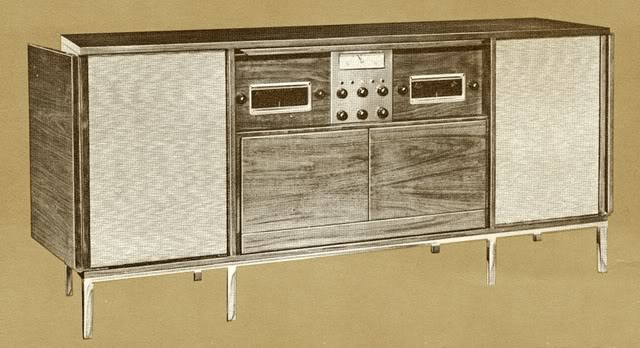Do Your Speakers have LEVEL CONTROLS or EQUALIZERS? (Vintage or Modern)
MANY Vintage Speakers had/have Level Controls, and a few big speaker arrays had external equalizers.
..............................................................................
Many of you know It’s my contention ALL SPEAKERS should have Level Controls, to refine their frequency distribution in your space at your positioning in that space, and re-adjust for any space you move/use them in.
L-Pads retain impedance shown to the crossover; Potentiometers alter what is shown to the crossover a bit.
......................................
Just stumbled about these
|
2 Altec Lansing speaker crossovers N800-8K
|

https://www.ebay.com/itm/313970394857





JBL’s

Bose 901

 .................................................
.................................................
My Uncle’s 1958 Fisher President II (Large 3 way, horns and big woofer) had/have 2 L-Pad level controls


AT-37’s used in many of their consoles and separates.
https://products.electrovoice.com/binary/AT37%20and%20AT38%20EDS.pdf
PRESENCE: for Mid-Range Horn’s Volume Control, relative to he 15" woofer with no control
BRILLIANCE: for Tweeter’s Horn’s Volume Control, relative to the mid-range.
.......................
My AR-2ax (compact 3 way cones) had/have 2 Level Controls



I just restored 2 pairs for my Office and Garage/Shop Systems
https://www.audiogon.com/systems/10092

..................................
MANY Vintage Speakers had/have Level Controls, and a few big speaker arrays had external equalizers.
............................................................
Do Your Speakers have LEVEL CONTROLS or EQUALIZERS? (Vintage or Modern)










 .................................................
.................................................



